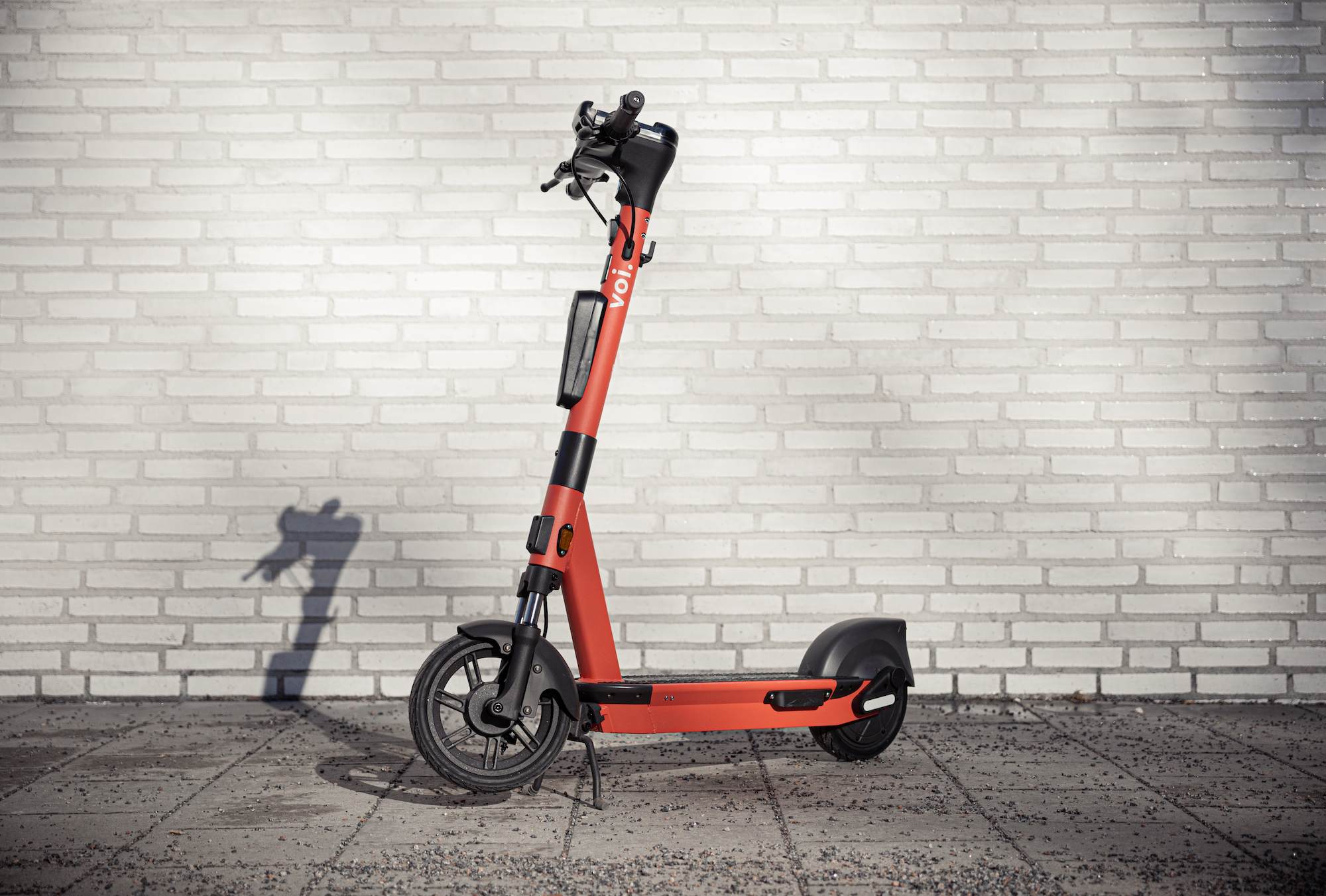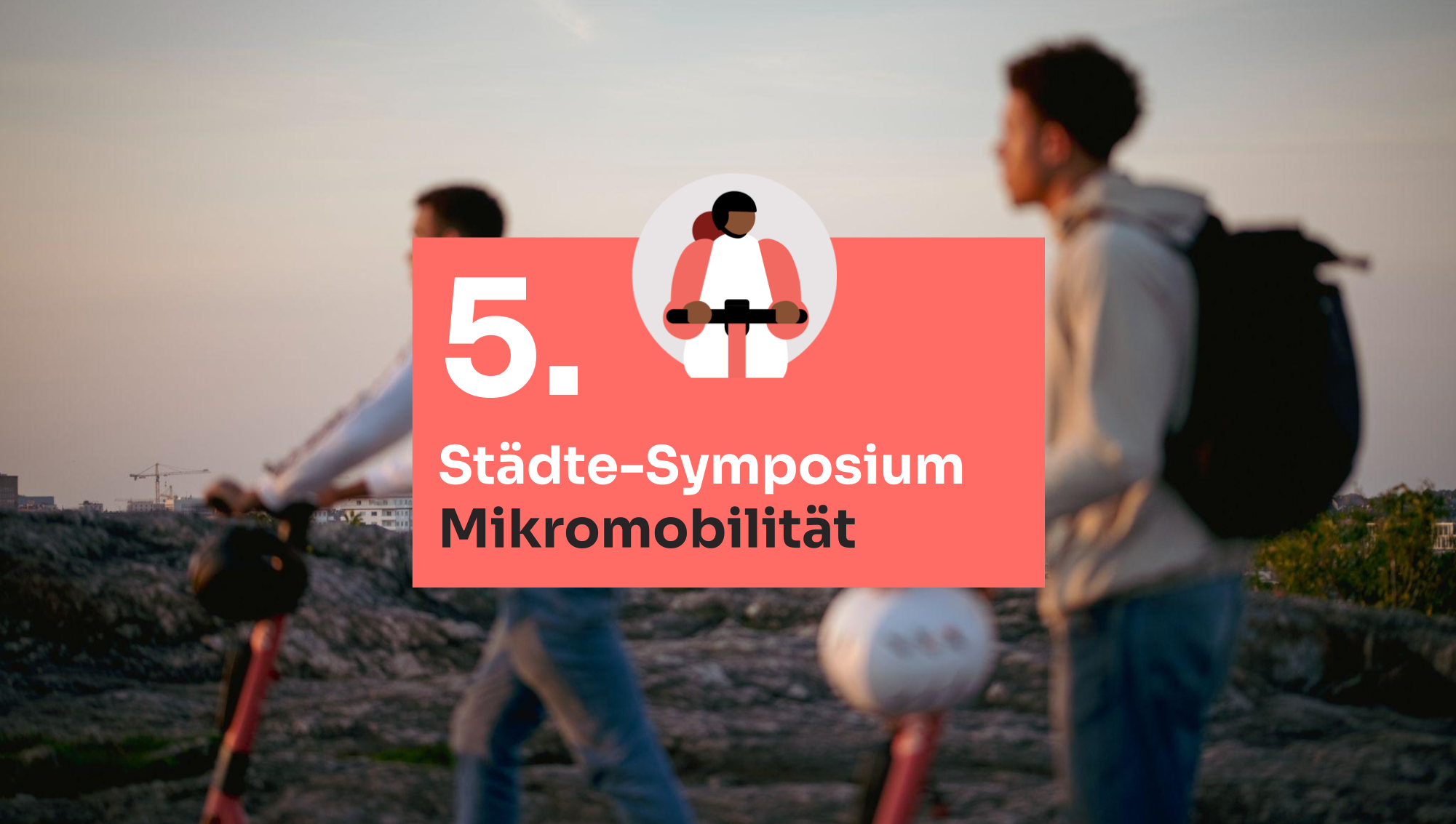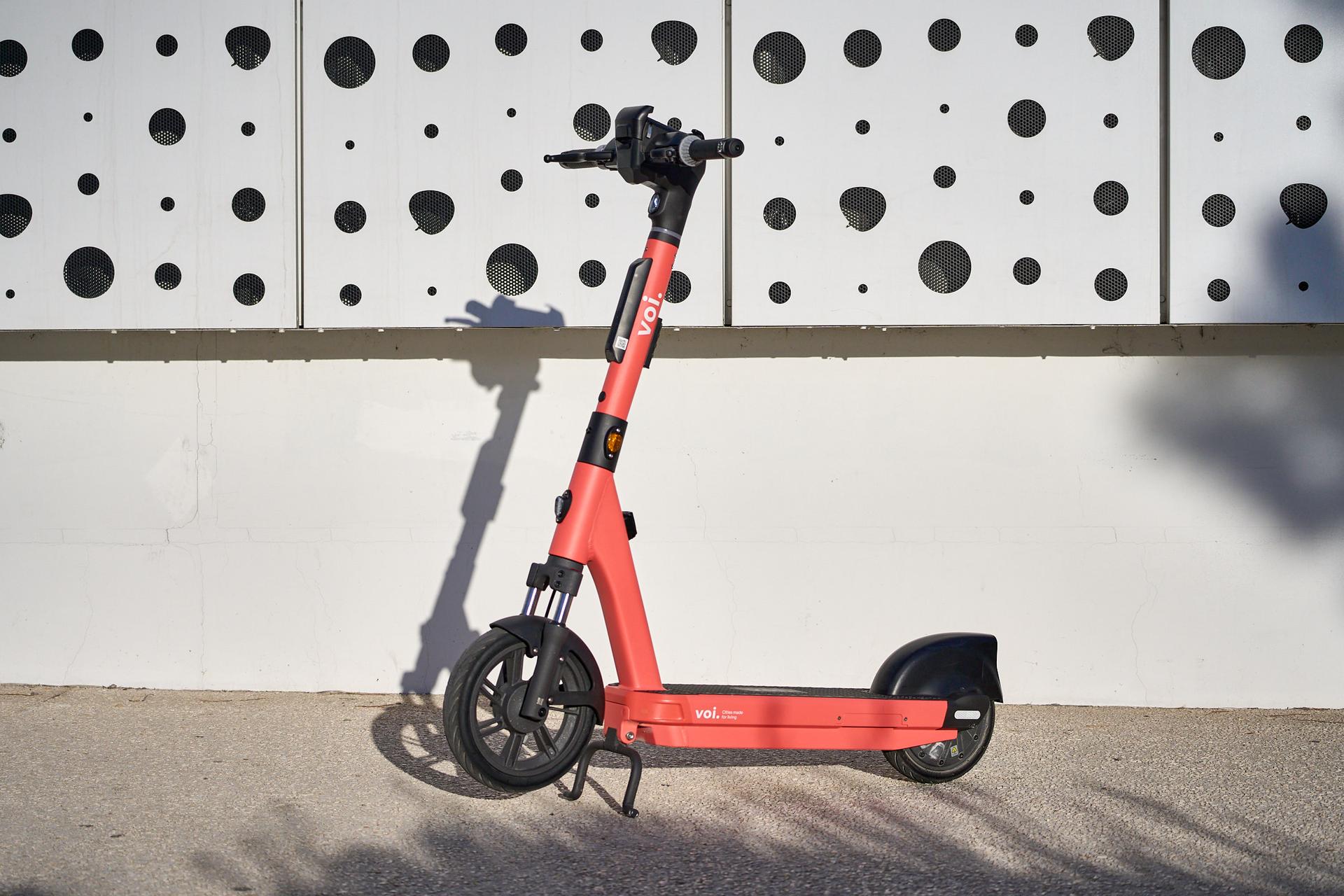Circularity and repairability are at the core of developing the Voiager 5
Apr 22, 2022

In conversation with Sarah Badoux, our Head of Sustainability, and Robert Kinisjärvi, Operations Quality Lead, we explore the concept of circularity and how it is embedded into the new Voiager 5 model, part of our Voiage towards a bold, innovative and equitable design.
Chatting first with Sarah.
In terms of sustainability, how is the Voiager 5 different from Voi’s previous e-scooter model?
– To begin with, I would highlight the improved circularity, in the sense of a linear versus a circular supply chain. In a linear chain you extract resources, you use them maybe once before the resources go out of the loop, either by being recycled or put into landfill, or used for energy recovery. Voi is aiming for a more circular supply chain, as stated in our Climate Action Plan.
– We want to increase the rate of recycled materials that we use in the e-scooter in the first place. By using eco-design principles already in the design phase, we make sure that it’s repairable, modular so that you can upgrade it if need be and that it’s built for longevity, with the longest possible lifespan. We’re also thinking more about second life in the design phase. All through the lifespan we’ll be able to repair proactively, using spare parts as much as possible. When the e-scooters are decommissioned from our service, they will be given a second life.
This refers to a holistic second life, meaning Voi gives the vehicle and battery a second life together through our Voi Resell programme.
Image: Sarah Badoux, Head of Sustainability at Voi.
What happens to the e-scooter if you give only the battery a second life?
– Sometimes batteries are no longer adapted to micromobility applications if the capacity is below a certain point, because they have to be changed so often that it becomes unsustainable and expensive to operate that system. In those rare cases, Voi gives the battery a second life separate from the vehicle. Also, regarding modularity, the e-scooter should be easy to recycle whenit does reach second life – the plastics, the aluminum and the other metals should all be easy to take aside.
How far have we come in terms of recycled materials?
– Right now we have 30% recycled materials in the V5. For the V4 it was around 13%, so we’ve been able to more than double that. And that’s going to continue to be our focus, making sure that we’re usingmore recycled materials, that the scooter is as repairable as possible, that we can extend that lifespan and basically be as resource efficient as we can with these vehicles.
A new scooter every year – doesn’t that cause waste?
– When we’re growing, we need to launch more vehicles and make sure that they are best in class when it comes to sustainability, longevity and safety. That’s why we keep iterating, innovating and improving the designs that we have. It’s not like we’re gonna take the scooters we have on the streets today, take them out of service and give them a second life. Instead, we’re making sure that these scooters are modular. So, if there’s a new requirement in a town or city for turn indicators or something we don’t have on the current model, ideally that vehicle would have modular architecture where we could technically add the feature to that model.
What are the long-term goals when it comes to recycled materials? What progress are we expecting or hoping for in time for the Voiager 6 and 7?
– In production and design, the targets are very much focused on the rate of recycled materials, but also the energy source that’s used at the production site. For the V6 we’ll have a lot more renewable-energy use at the production sites. For the V6 we’re also hoping to have 50% recycled materials and, for the V7 75%. This is excluding the battery, and we have a separate workstream to make sure that there are recycled materials in the battery. It will be much easier if we can do that in Europe and for that reason, as well as reducing the carbon footprint from shipping, we’re trying to transition battery production to Europe.
– So today it’s 30% recycled material and 91% recyclable material. And then another fun data point is that 91% of our e-scooters or batteries that are decommissioned have been given a second life via Voi Resell.
Image: Robert Kinisjärvi, Operations Quality Lead at Voi.
Durable and easy to repair
Circularity is all about trying to minimise waste and that means reusing our components as many times as possible. For that, repairs are key. In general, Voi wants to make sure that repairs are easy and cost efficient and that the e-scooters are designed so that spare parts rarely have to be replaced. This, in turn, increases lifespan and makes our vehicles much more durable and circular, while easy repairs get them back out on the streets faster and make them more available to our riders. To delve more into this we chatted with Robert Kinisjärvi, our Operations Quality Lead at Voi.
Robert, the V5 is said to be Voi’s most durable e-scooter. Why is that and what are the differences from previous models?
– At the development phase, we looked into details of our previous e-scooters and examined where the majority of repairs and other issues arose, especially relating to safety. We worked closely with the supplier and our mechanical engineers and electrical engineers collaborated with engineers at our partner Ninebot, to see how we could improve these components.
– For instance, we saw cases of phone holders being damaged when e-scooters were toppled on pavements. To fix that, we’ve changed to a more integrated design and the phone holder is now more protected from impact. Another component that needed attention was the rear fender, or the plastic cover of the motor.
The new design is a solid one where the rubber mix material has been upgraded to make it more durable and fixed to the hubs of the front wheel to reduce wobble. The rubber material is also stronger, allowing the e-scooter to cover a much greater distance before the rubber starts to wear. That, in combination with the tread depth, which is now larger and deeper, will extend the lifespan of the tyres.
Can you tell us more about the exposed brake cables on the V5?
– The biggest reason for changing to exposed brake cables on the V5 is safety. On earlier Voi e-scooter models, the channels inside the protective casing are narrow and the angles where they need to be routed are pretty sharp which means the brakes often get stuck, wearing out the brake wires that much quicker. Now, with the exposed brake wire, the load distribution is more even along the whole wire, leading to fewer repairs and giving the brake wire a much longer lifespan. In addition, one of the most frequent adjustments we do is making sure that the brakes are tight enough to ensure a safe ride. With the brakes exposed we will not have to do that as often which will save us the cost of moving scooters to warehouses to perform these things.
Sustainable design and manufacturing is the major star of Voi’s Circular Vehicle Programme and crucial to the company’s mission to become carbon positive by 2030 and creating cities made for living.


